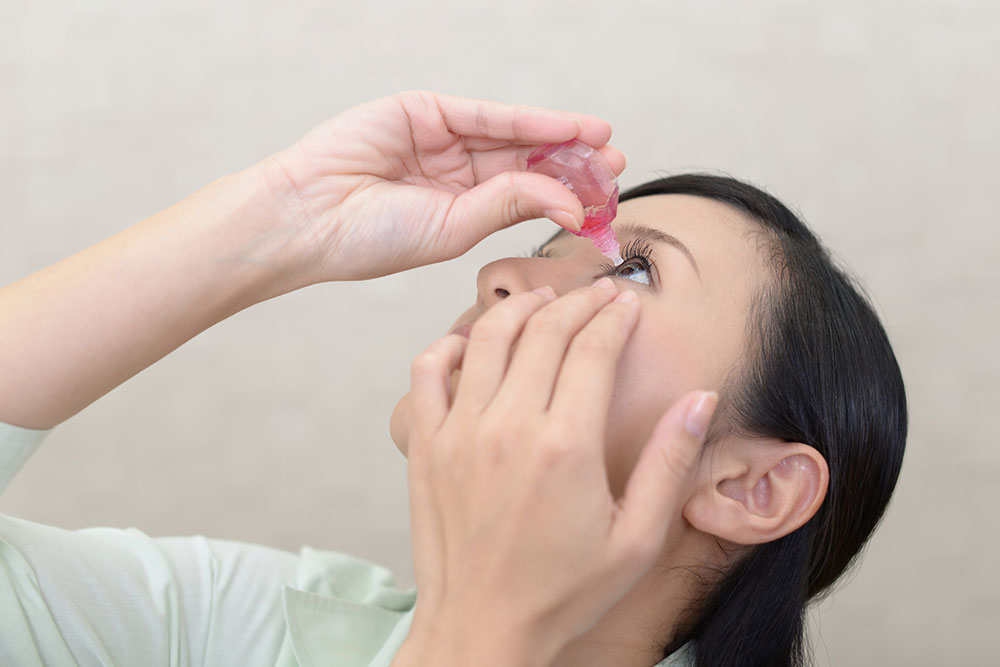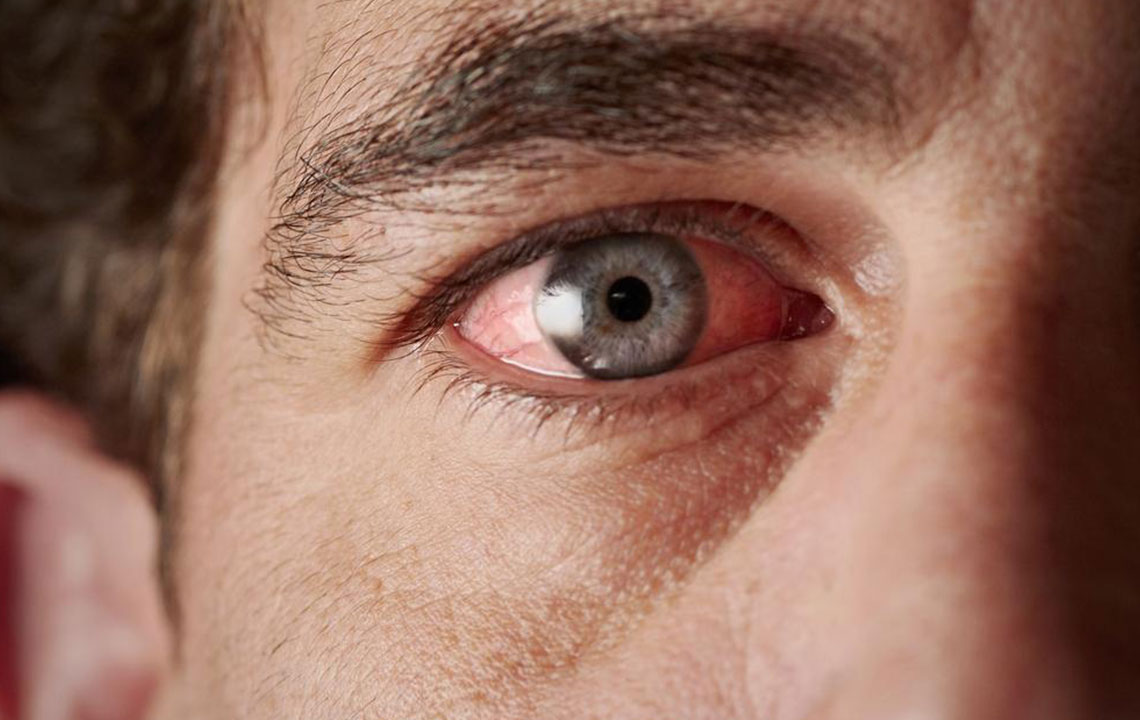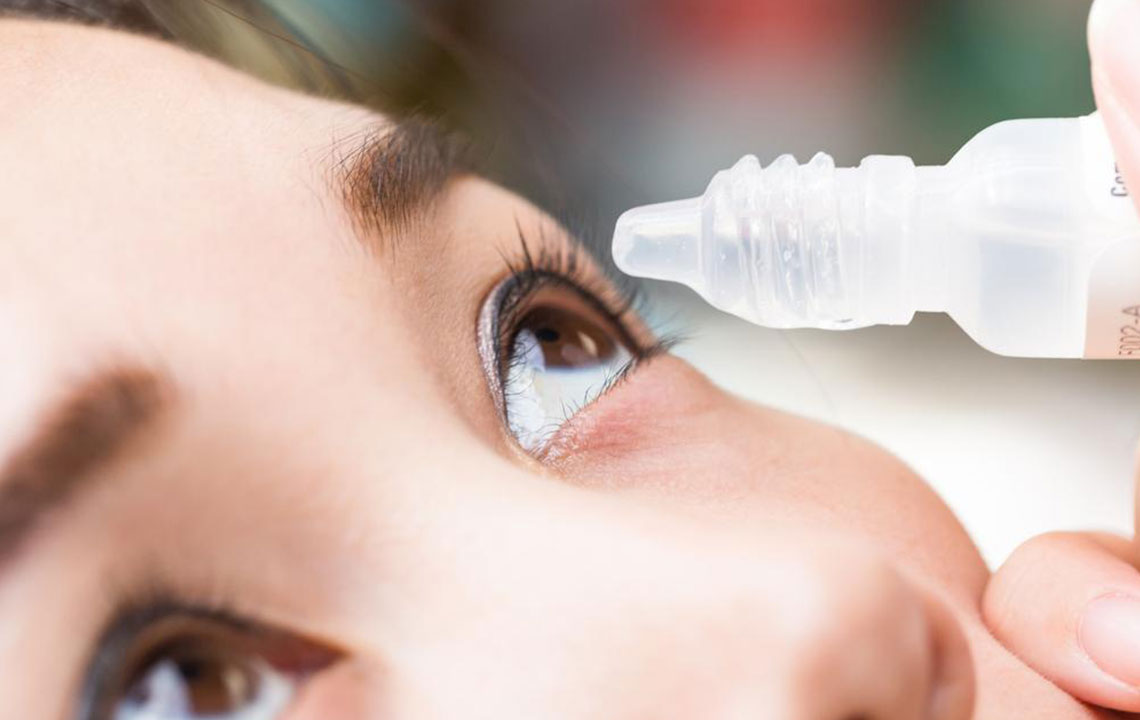Comprehensive Guide to Managing and Preventing Excessive Tears
This extensive guide offers effective strategies to prevent and treat excessive tearing, addressing natural remedies, medical options, and surgical procedures. Suitable for all ages, it helps maintain healthy eyes and alleviate discomfort caused by watery eyes, providing practical advice for both temporary relief and long-term management.

Comprehensive Guide to Managing and Preventing Excessive Tears
Watery eyes, medically known as epiphora, is a condition characterized by the undesired overflow of tears from the eyes. While often perceived as a minor annoyance, persistent tearing can indicate underlying health issues such as infections, allergies, or obstructions within the tear drainage system. This condition affects individuals across all age groups, from infants to seniors over 60. Though usually benign, severe cases can lead to discomfort, blurred vision, and social embarrassment, thereby impacting quality of life. Understanding various strategies to control and prevent excessive tearing is essential for maintaining eye health and comfort.
In this comprehensive guide, we'll explore effective and practical approaches to managing watery eyes, addressing both temporary and chronic cases. These strategies include natural remedies, over-the-counter solutions, medical treatments, surgical options, and special considerations for infants. Whether you’re seeking relief from minor irritation or managing a chronic condition, these evidence-based methods can help improve your ocular well-being.
Below, we examine each method in detail:
Natural Remedial Measures
Dry eye syndrome is a common contributor to watery eyes. To alleviate this, it's beneficial to reduce eye strain by limiting prolonged screen time and ensuring regular breaks during work or digital activities. Practicing the 20-20-20 rule—every 20 minutes, look at something 20 feet away for at least 20 seconds—can significantly ease eye fatigue. Applying natural soothing agents like cucumber slices, chilled milk, or a cold compress can provide immediate relief by reducing inflammation and constricting blood vessels, thereby decreasing tear overflow.
Use of Over-the-Counter Eye Lubricants
Mild to moderate dry eye conditions often respond well to artificial tears or lubricating eye drops available without a prescription. These products help hydrate the eyes, restore the tear film, and reduce reflex tearing caused by irritation or dryness. Proper application technique and consistency are key for optimal results.
Medical Interventions and Treatments
Persistent or severe watery eyes might be caused by infections, allergies, or structural blockages. Bacterial conjunctivitis, for instance, requires targeted antibiotics prescribed by an ophthalmologist or healthcare provider. Allergic conjunctivitis can be managed with antihistamines to reduce inflammation and allergic response. Additionally, if swelling or foreign substances block tear drainage pathways, medical procedures like probing or irrigation may be necessary to clear obstructions. Always consult a healthcare professional before initiating any treatment.
Surgical and Minor Procedures
In cases where structural abnormalities or biological blockages are the root cause, surgical options may be necessary. Procedures such as dacryocystorhinostomy (DCR) create a new tear drainage pathway, effectively resolving chronic tearing issues. Minor interventions like removing ingrown eyelashes or foreign bodies can often be performed in an outpatient setting and provide quick relief.
Special Care for Infant Watery Eyes
For babies experiencing frequent tearing, gentle massage of the tear duct area can help dislodge any accumulated tears or obstructions. Light, circular pressure with clean fingers over the inner corner of the eye can stimulate tear drainage. If tears persist or are accompanied by signs of infection, consulting a pediatric ophthalmologist is recommended for further evaluation and treatment.
Preventing and managing watery eyes involves a combination of lifestyle adjustments, at-home remedies, and professional medical interventions. Recognizing the underlying cause is essential for selecting the most appropriate treatment. Maintaining good eye hygiene, avoiding irritants, and seeking prompt medical advice can greatly improve symptoms and enhance eye health in the long term. Although watery eyes are common, persistent or severe cases should not be ignored, as they may signify underlying health issues requiring specialized care.
By understanding these comprehensive strategies, individuals can effectively control and prevent excessive tearing, ensuring their eyes remain healthy, comfortable, and clear.





